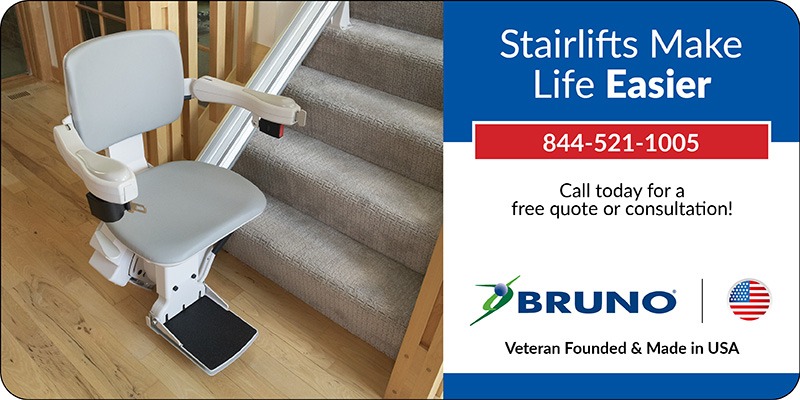If you are getting your house ready for a loved one to move in or modifying their home so they can age-in-place, you will want to consider the specific modifications needed to accommodate mobility issues. These mobility issues can include difficulty walking, limited vision, loss of strength and other areas that require you to make the home safe and accessible. What you may not know is what standards to follow when addressing mobility issues.
What is the Americans with Disability Act?
You may have noticed when entering a newer restaurant, store or government facility, that the bathroom counters have consistent heights of no more than 34 inches or they have entrances that are accessible by ramp. All places of public accommodation, commercial facilities, and State and local government facilities follow the codified law - Americans with Disability Act (ADA) - as developed by skilled professionals, scholars, and lawyers with the coordination of the National Council on Disability. So, as you can see, you are already familiar with ADA requirements even if you have not read the law.
The information below applies the ADA requirements to your home to ensure that persons with disabilities will have equal access to—and convenience in—all different types of spaces, via a range of codes and recommendations. Use these tips to make your or your loved ones’ home meet general accessibility standards – often called universal design.
Following ADA Requirements in Your Home
Spacing and stability are the fundamentals necessary to meet ADA guidelines. To start, you will need to make sure your doors and hallways can accommodate a wheelchair. To do this, the doorways will need to be at least 32 inches wide. The area around the doorways must be clear by at least 36 inches. You also need to have an accessible ramp to the house (see Best Practices for Installing a Wheelchair Ramp for more details).
In addition, make sure that doorknobs for entryways, closets, and cabinets are changed to pulls. For any stairs or ramps within the home you will need to install handrails. The main question to pose in any room is: how can someone in a wheelchair, with limited vision or general limited mobility, move about this room and access what is needed on a daily basis?
Getting a Bathroom ADA Ready
The bathroom can be the most challenging since it typically is the smallest room. The bathroom needs to be sizable enough to allow wheelchair access so to accomplish this there must be at least 30 inches by 48 inches of clear floor space. The sink and counter-top should be no taller than 34 inches and allow the wheelchair to roll enough under for access. The faucet (and other valves/knobs) must be usable with only one hand with a force of 5 lbs. of pressure or less. The toilet seat must be no taller than 19 inches above the floor (with additional accommodation accounted for with portable toilet seats).
You will want to install grab bars for easy access in the shower and near the toilet. In the tub and/or shower, the shower-head should be adjustable and should have anti-scald or pressure balancing valves to avoid burns from hot water.
Getting Your Kitchen ADA Ready
Making your Kitchen accessible comes with its own set of challenges. For wheelchair access, removing floor cabinets and installing or moving the plumbing pipes against the back wall will open up enough space for the wheelchair to reach the sink. The sink and counter-tops should be no taller than 30 inches for general accommodation. You should install a contrasting edge-band on counter-tops to pronounce the edges of counters more clearly for those with limited vision. Any knobs on cabinets should be replaced with pulls for arthritis and weakening muscles. In addition, your kitchen appliances should have the controls mounted on the front for easy use. You may also want to consider purchasing drawer-style appliances.
Following the general guidelines above will give you an idea of what changes you will have to make in your home. The ADA is intended to accommodate and create comfort for those with limited mobility. Do an audit of your home by measuring your doorways and hallways, seeing how tall your counter-tops are, and identifying any other areas in need of change. After the audit, take the information to a local contractor to get an assessment of cost for these changes. You can find more information about the ADA at www.ada.gov.



